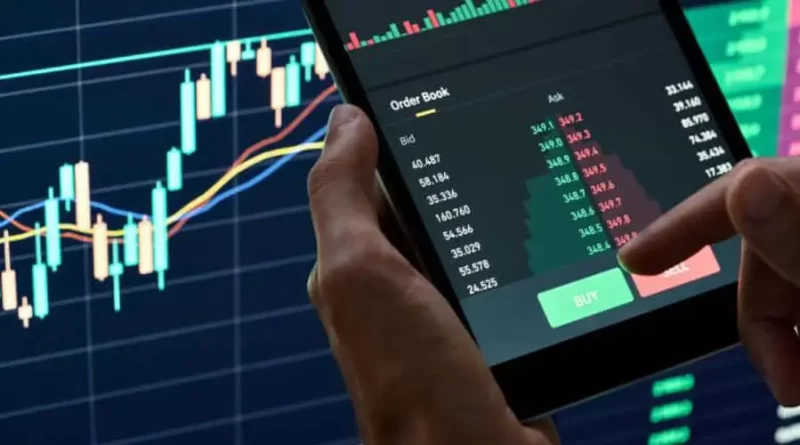Unlocking Possibilities: Understanding Margin Trading and Managing Risks
Forex trading is fraught with both the enticing prospect of potential profits and the sobering reality of risks. Among the different trading opportunities, margin trading stands out due to the higher profit potential it offers. Since there will be both highs and lows in every financial endeavor, risk management is crucial. Margin trading offers opportunities for Singaporean traders, but they must approach it with caution and knowledge of the hazards.
Margin trading boils down to extending an existing trading position using borrowed funds. A trader’s margin is the percentage of their total investment that they put up as collateral, rather than the full amount. The remaining sum is a loan that the forex broker extended. Investors’ returns would be multiplied in an ideal scenario. For example, if a trader correctly predicts the movement of a currency pair, the overall position, and not simply the margin, determines the profit. Since a small investment might provide large returns, the allure is clear.
However, the converse is also correct. The profits and losses are exaggerated. In addition, if the market goes against the trader’s prediction, the loss may be greater than the investment. At this moment, the Singaporean perspective on margin trading is highly pertinent. The Singaporean government has recognized the double-edged nature of this technology and has enacted rules and regulations to keep traders and brokers operating within a safe framework.
These regulations are well-known to and respected by any experienced Singaporean forex broker, who always keep them in mind while dealing with clients. When individuals trade on margin, they must be aware of the risks involved. To avoid taking on excessive risk, traders should keep their leverage ratios within acceptable ranges. It is possible to employ a technique that can adjust to shifting market conditions by basing these ratios on the volatility of the currency pairings being traded.
But laws and regulations aren’t going to fix everything. An in-depth understanding of risk management approaches and personal accountability are of the utmost importance. Tools like stop-loss orders and comparable ones are crucial. Stop losing trades automatically at a set price to reduce your risk exposure. Traders can also use take-profit orders to lock in their gains once a specific price is reached. You can trade with greater confidence in the extremely unpredictable foreign exchange market with the help of these strategies.
Among these other tools, education stands head and shoulders above the others. Market indicators, geopolitical events, economic policies, and currency movements all interact with one another, so keeping track of them is vital. Singaporean traders looking to learn the ins and outs of margin trading can find a variety of resources, such as webinars and seminars, offered by reputable brokers. When combined with real-time market data, these technologies provide investors with all the information they need to make informed trading decisions.
Psychological preparedness is also an important but frequently-overlooked component. Maintaining composure is crucial in the highly emotional world of foreign exchange (Forex) trading, particularly when utilizing margin. It’s easy to get swayed by the highs and lows of a transaction, whether you’re winning or losing. Learning to view failures as opportunities for growth and successes as validation, rather than as ends in themselves, might help one stay grounded.
One of the best places to trade on margin is in Singapore’s foreign exchange market. It allows them to cut capital outlay while increasing possible return on investment. Nevertheless, because to the dangers that this technology could cause, a robust risk management strategy is necessary. Legal requirements in Singapore and the wisdom of seasoned brokers combine to create an environment conducive to moral trading. It is still up to individual traders to further their education, make good use of resources, and cultivate a robust and patient mindset. One who is adept at balancing the industry’s inherent risks and benefits will be a successful trader.

